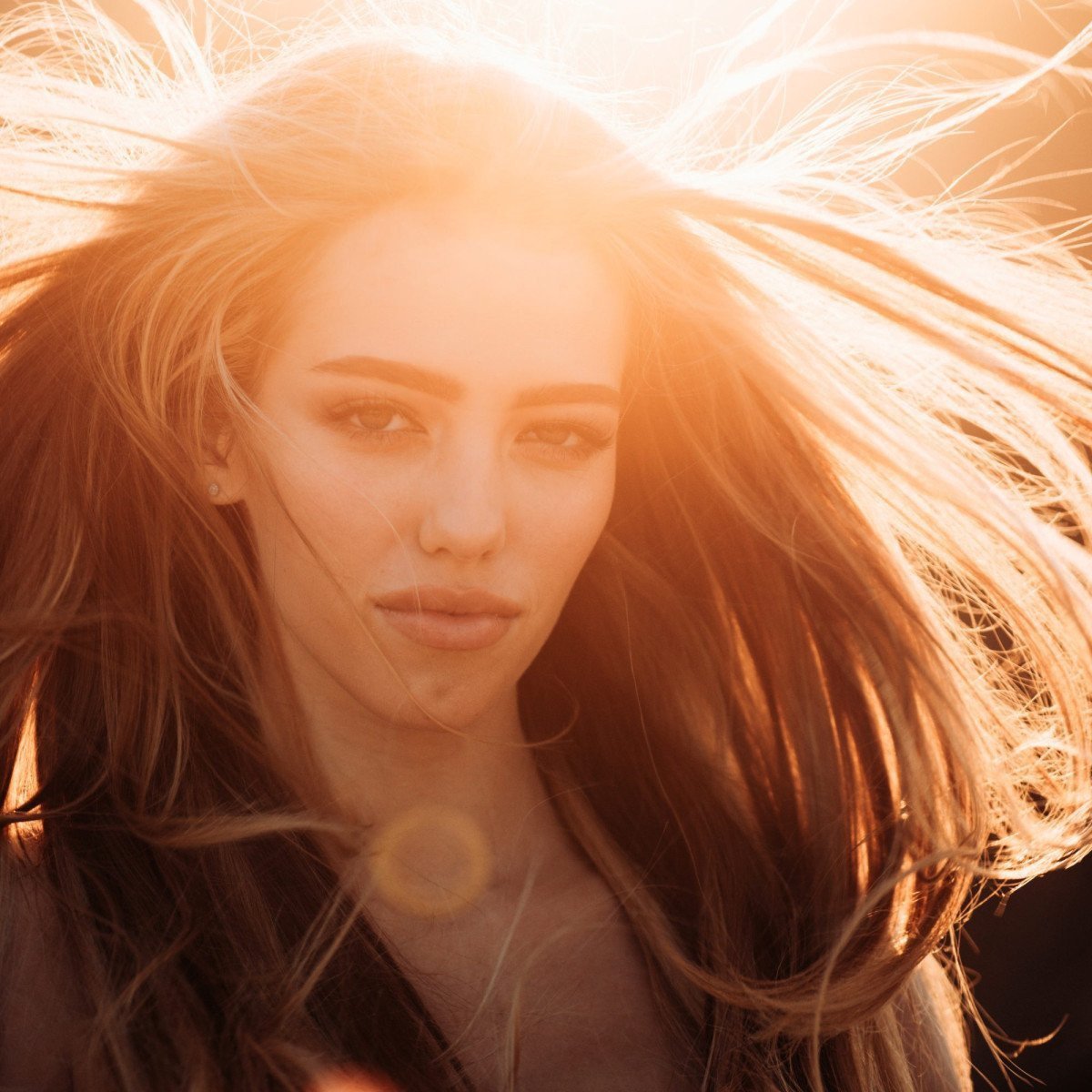Ever been in the throes of a friendly debate about whether sunsets or sunrises are more mesmerizing? Honestly, it’s a coin-flip for me. But in the game of portrait photography, there’s a clear winner – Golden Hour. The magic that this hour creates can turn the average shutterbug into a veritable Rembrandt. It’s an experience akin to stumbling upon a secret recipe, a formula that instantly amps up your photographic prowess. Oh, and speaking of secrets, did you know that the Golden Hour isn’t really an hour?
Surprise! It’s actually closer to 40 minutes, depending on your geographical location and time of the year. Now, that’s a fun fact to drop at your next social gathering. But let’s get serious here. What’s the point of dragging models or your loved ones out of bed at an ungodly hour for a photoshoot if you’re not utilizing every golden second of this precious window? This is where technique and timing become invaluable. And that’s what we’ll dive into today.
Understanding the Golden Hour
“Why all this fuss about the Golden Hour?”, you may ask. Well, visualize this – the sun hugging the horizon, blushing a warm, soft, diffused light that wraps everything in a breathtaking, almost ethereal glow. That, my friend, is the magic of the Golden Hour. As opposed to the harsh, direct, midday sun, this light is incredibly flattering and forgiving on the human skin.
During this phase, the lower angle of sunlight, combined with atmospheric diffusion, helps minimize shadows and create a balanced exposure. It’s ideal for capturing intimate, warm, and dramatic portraits. But shooting during the Golden Hour isn’t just about stepping out when the clock strikes ‘time’; it needs a basic grasp of some key concepts related to light quality and direction. Let’s distill these elements one by one.
Mastering Color Temperature and Contrast
Just as a chef skillfully tweaks spices to evoke a taste explosion, so does a portrait photographer manipulate color temperature and contrast. During the Golden Hour, you’re served a smorgasbord of warm red, orange, yellow, and pink hues. This is courtesy of the longer light wavelengths that dominate when the sun is at the edge of the horizon. To truly leverage this, understanding color temperature is paramount. In photography, this is measured in Kelvins (K). The Golden Hour typically registers between 2000K to 3000K, resulting in those deliciously warm tones.
Contrast is another essential element. You see, as the sun lowers, shadows become longer while objects at different distances start having similar illumination levels; this softens contrast and bestows photos with a dreamlike quality. Here’s a personal tip – try using backlit shots; they really bring out the ethereal play of contrast during Golden Hour.
Working with Shadows and Depth
In the enchanting dance of the Golden Hour, shadows play a pivotal role. Due to the sun’s low angle, the shadows are not only longer but also softer, allowing for more dramatic and depth-rich portraits. These shadows add intrigue and texture to the image, introducing a delightful interplay between light and dark.
It’s important to use these shadows creatively. You can experiment with silhouettes or low-light compositions to bring out unique perspectives. Remember, photography is as much about what’s in the shadows as what’s illuminated. It’s all about balance.
Getting Location and Timing Right
The saying, ‘timing is everything’ has never been truer than in Golden Hour photography. What’s equally crucial is the location. With the right spot, you can create images that are not just aesthetically pleasing, but also deeply emotive. Natural landscapes, cityscapes, or even a cosy backyard can serve as the perfect canvas for your Golden Hour portraits. But, it’s important to scout the location beforehand and anticipate how the light will traverse the landscape. Remember, the sun waits for no one!
And for more in-depth tips and tricks on harnessing the enchanting Golden Hour, do check out our guide on golden hour landscape photography.
Final Thoughts
Golden Hour portrait photography, like all forms of art, requires patience, practice, and persistence. But when the magic unfolds, it’s nothing short of poetry suspended in time. As Ansel Adams once pointed out, ‘A photograph is usually looked at – seldom looked into.’ So, next time you venture into the field, make it a point to capture not just a picture, but a thousand silent words. Ready to paint the world in hues of gold?


0 Comment